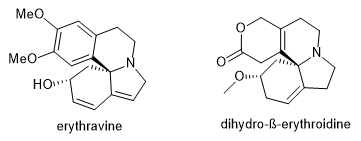http://www.scielo.br/scielo.php?pid=S0102-695X2011005000024&script=sci_arttext
Was reading that article and it says it might cause cancer at some doses if im reading it right? but gives no indication if a normal active dose would be toxic.
Anyone can demystify it a bit? didnt know what it was on about too much with all the science jargon.
I am looking for an anxiolytic for semi regular use (once or twice a week) so this would be no good if it is thought to be toxic.
Im also freaked out by its relation to poisons which is why ive not gone ahead and tried it yet.
Was reading that article and it says it might cause cancer at some doses if im reading it right? but gives no indication if a normal active dose would be toxic.
Anyone can demystify it a bit? didnt know what it was on about too much with all the science jargon.
I am looking for an anxiolytic for semi regular use (once or twice a week) so this would be no good if it is thought to be toxic.
Im also freaked out by its relation to poisons which is why ive not gone ahead and tried it yet.

